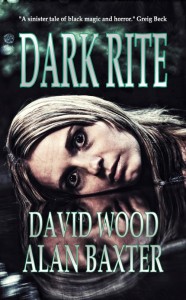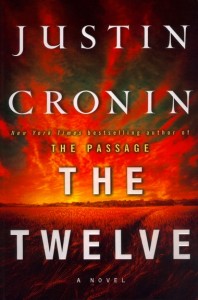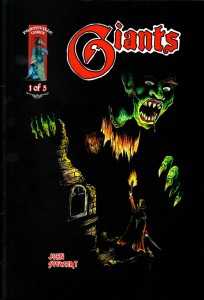 The Daylight Gate
The Daylight Gate
by Jeanette Winterson
Hardcover: 208 pages
Publisher: Hammer
ISBN: 978-0099561859
When I saw The Daylight Gate on the shelf in the bookshop I was immediately intrigued. I know that Winterson is a writer whose name carries much weight but must confess, have never read her work before. So when I saw this morsel of a book with its elegant and darkly suggestive cover I eagerly picked it up.
Novella length, the story is a classic tale of horror and witchcraft and also a thoroughly researched piece of historical fiction. It is set during the Trial of The Lancashire Witches in 1612, the most famous of the English witch trials and the first to be documented in a supposed eye witness account ‘The Wonderfull Discoverie of Witches in the Countie of Lancashire’ by the lawyer, Thomas Potts. The introduction is very helpful in contextualising the story; she says that ‘the places are real places… The characters are real people, though I have taken liberties with their motives and their means.’
This gap between an understanding of historical fact and satisfying, emotionally meaningful narrative is where Winterson weaves her craft. The main crux of the story seems to be a question she poses in the introduction, why was Alice Nutter, an independent and successful industrialist of very comfortable means, tried alongside more typical victims of the witch trials, those on the very lowest rungs of the social ladder?
The horror in the story exists on all sides, enacted by both the ‘witches’ and those privileged with the power to cast judgement over them. There are some truly horrifying moments that will make most people’s toes curl and hit home at a very gut level, not just physical violence but other grotesque forms of abuse. This was a truly brutal time and, in the cross section of society, rich and poor, that this tale portrays, loyalty and goodness is often trumped by fear, indifference and an ugly struggle for power.
Knowing a little of Winterson’s background I wondered whether there would be an overtly feminist tone to this work given that it deals with an atrocity where mainly women were persecuted. It is indeed told very much from a woman’s perspective but I was pleased that there were villains and saints on both sides of the gender divide. Her voice is strong and clear and her message seems to be about the enduring nature of love. Winterson’s love is not a soft romantic ideal, it is its own beast that may at times tear at your flesh, but is not to be resisted. It seems that her protagonist, Alice, accepts this, it is her fate and her guiding principal.
I very much admire the style of prose, it is both economical and highly descriptive. There is nothing flowery, it is very much to the point, yet she still paints a rich picture. Place plays an important role in the telling of this story. On the first page she sets the scene at Pendle Hill in Lancashire:
“The North is the dark place. It is not safe to be buried on the north side of the church and the North Door is the way of the Dead…. The hill itself is low and massy, flat-topped, brooding, disappeared in mists, treacherous with fast-flowing streams plunging into waterfalls crashing down into unknown pools. Underfoot is the black rock that is the spine of this place.”
This sense of economy extends to the length of the work – I was curious to see how she would pull off a story of such scope in the novella format but it seems to sit perfectly within that length. It lends the work the feeling of a lovely little artefact, this is a book that I think asks to be owned in a physical, preferably hard cover format.
My one gripe is that I felt a little let down with the ending. Now obviously I have to be very careful about giving anything away here but let’s just say that it felt just a little bit of an easy way out for an author and echoed the endings of other stories. I still overall enjoyed the story very much and am thinking about giving it a re-read which is something I don’t really do but as this is such a condensed and intense tale I feel it might be even more enjoyable the second time around.
Another point of interest for lovers of horror is the fact that this work is published by Hammer. That’s right, as in Hammer House of Horror:
“Hammer’s literary agency is now being revived through its new partnership with Arrow Books. This series will feature original novellas which will span the literary and the mass market, the esoteric and the commercial, by some of today’s most celebrated authors, as well as classic stories from more than five decades of production.”
So there you go! Hopefully more intriguing, quality fiction to come yet.
Review by Halinka Orszulok
Halinka is an artist from the south coast of NSW, Australia. You can see examples of her work at her website: www.halinka.com.au
.


 The Daylight Gate
The Daylight Gate Giants #1 (of 5), Phatsville Comix, 2012
Giants #1 (of 5), Phatsville Comix, 2012
![postscripts-28-29-exotic-gothic-4-jhc-edited-by-danel-olson-1313-p[ekm]210x300[ekm]](/wp_content/uploads/2012/08/postscripts_28_29_exotic_gothic_4_jhc_edited_by_danel_olson_1313_pekm210x300ekm.jpg) Exotic Gothic 4 edited by Danel Olson
Exotic Gothic 4 edited by Danel Olson